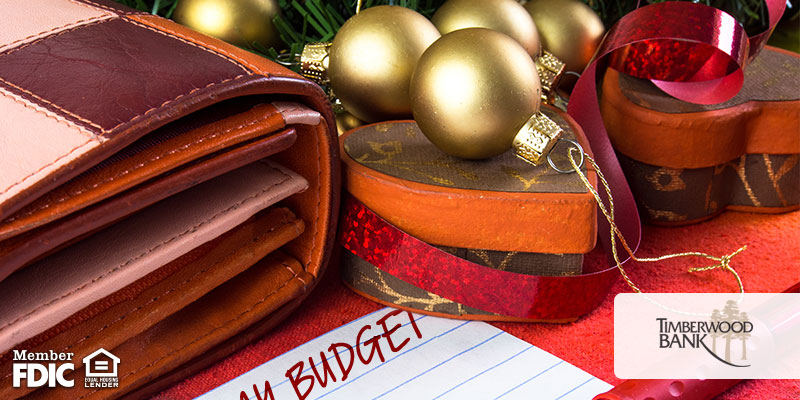
With just a little work, you can map out your financial goals for the upcoming year. With money, it can seem overwhelming or tricky to know where to begin. Luckily, Timberwood Bank is here to help! We’ve come up with some of our favorite ways you can create your money goal for 2020.
Figure Out Your Finances
The first step you should take is to calculate how much income you take in each month after expenses. You may feel that you have a good estimate, but once you start racking up all the costs, you’ll be surprised how much you are left with. Once you’ve subtracted all expenses (gas, groceries, eating out, rent, utilities, mortgage, etc.) from your income, decide where you can drop off some of those expenses.
Track Your Expenses
Use an app or a pen and paper to keep track of your spending to be sure you account for all expenses. If you want to reduce your spending in order to put even more money toward savings, identify your needs and wants and try to indulge in the wants less. This will help you create a specific way to spend less in order to meet your money goal.
Evolve Your Emergency Fund
Another great goal for 2020 would be to create a bigger and better emergency fund. Start the year off right knowing you’re covered if the unexpected happens. This will help you live with confidence, instead of worrying paycheck to paycheck if something could pop up that you aren’t ready for. This will make you feel more secure when reaching towards whatever goal you set.
Create Accountability
If you stop saving towards your goal and start spending a little extra here and there, who’s going to care? That is the mindset you need to get past in order to stay on track toward your money goal. You need to create accountability in order to feel like you are responsible for making this goal actually happen. Find someone like a parent, friend or spouse you can talk to, so they can encourage you to keep on the right path.
Follow An Actual Plan
Having a real plan put into place on how you’ll accomplish your money goal is vital to your success. Knowing what you bring in, what you spend, what you’ll cut, how you’ll cut those expenses and so on will allow you to keep on keeping on. If you don’t know where to start, follow Dave Ramsey’s 7 Baby Steps:
- Baby Step 1: Save $1,000 for Your Starter Emergency Fund
- Baby Step 2: Pay Off All Debt (Except the House) Using the Debt Snowball
- Baby Step 3: Save 3–6 Months of Expenses in a Fully Funded Emergency Fund
- Baby Step 4: Invest 15% of Your Household Income in Retirement
- Baby Step 5: Save for Your Children’s College Fund
- Baby Step 6: Pay Off Your Home Early
- Baby Step 7: Build Wealth and Give
With these helpful hacks, you’ll be able to start your money goal of 2020 off right. We offer plenty of places to put your savings or build for retirement if one of those are your goals. Check out our site to see how we can help you!










